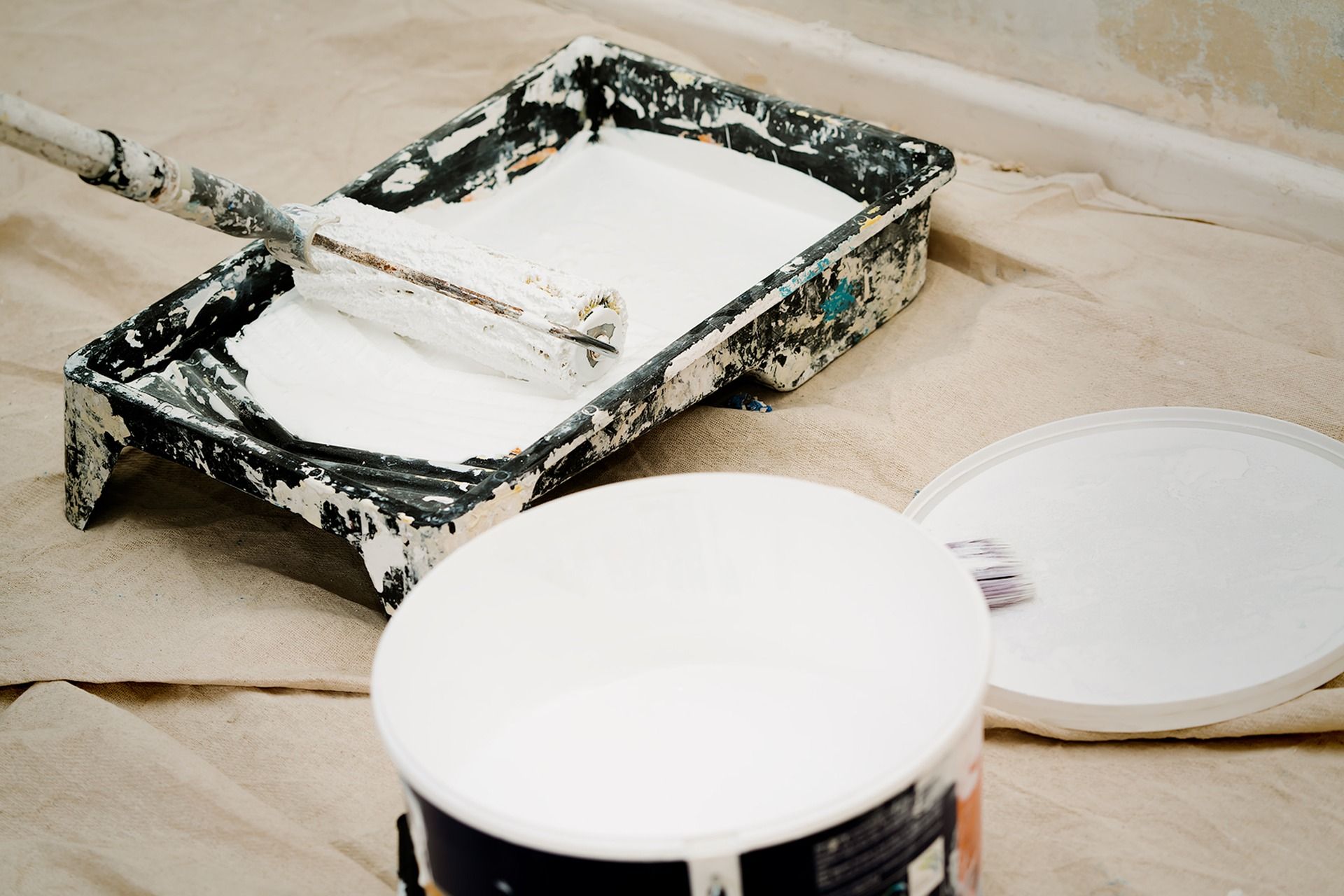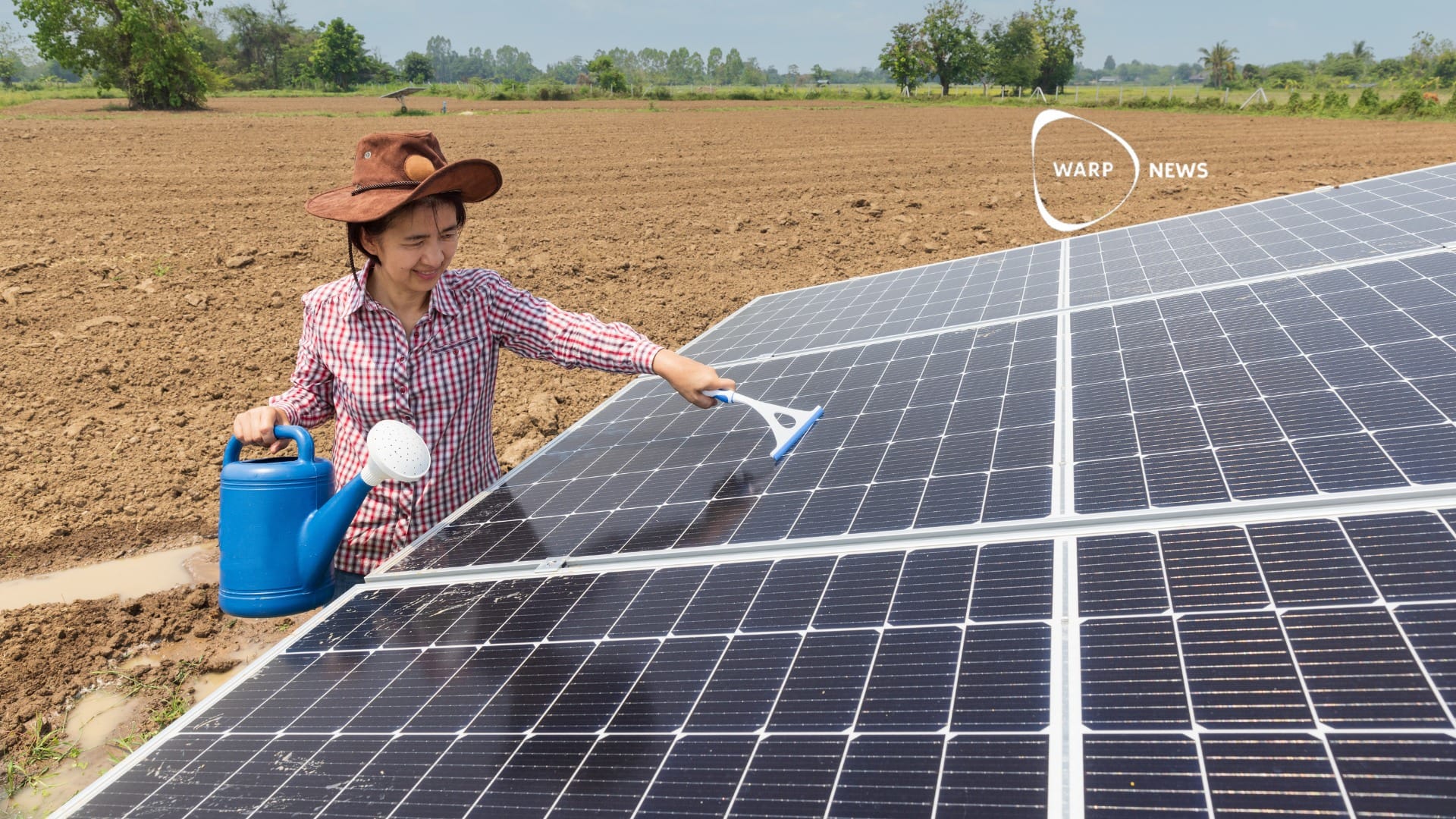
⚪️ Ultra-white color lowers the temperature without air conditioning
A new highly reflective color can reflect so much of the sunlight that the painted surface becomes colder than the surrounding air.
Share this story!
Researchers at Purdue University in the United States have developed a white color that can reflect 95.5 percent of sunlight . The surfaces that are painted with the paint can thus maintain a lower temperature than the air in the surroundings.
Now there are already highly reflective white colors on the market, but they can only reflect 80-90 percent of the sunlight. It is not enough to lower the temperature below the ambient temperature.
In the tests performed by the researchers, the color manages to keep ten degrees lower temperature during the night and 1.7 degrees lower when the sun warms the most. According to the researchers' calculations, this corresponds to a cooling system that draws 37 W / m².
This means that everything from base stations for 5G to residential buildings and data centers can reduce the need for cooling by painting the outer walls with the ultra-white color.
In a world that is getting warmer, it is very valuable to have a simple and cheap cooling technology. The effects of increased heat, especially in areas that are already very hot, can otherwise be drastic.
Calculations from the International Labor Organization, ILO, for example, show that strong heat will reduce productivity in the world by 80 million full-time jobs by 2030. We have already seen examples of this. In Bangladesh in 2007, 18 factories with a total of 30,000 employees were forced to close during a heat wave after 500 workers received heat stroke and needed hospital care.
Many of the countries worst affected by heat waves are poor countries, so a cooling solution must be both efficient and cheap. A requirement that the researchers believe the new ultra-white color can handle with flying colors.
- Our paint can be manufactured with existing production processes so the price should not be higher than for today's colors and can even be lower. The key now is to be able to guarantee that the paint is as durable as the colors used today, says Xiulin Ruan, professor at Purdue University and first author of the study.
One reason why paint can be cheaper than today's highly reflective paints is that researchers use calcium carbonate instead of titanium dioxide as a reflective substance. Calcium carbonate is common in contrast to titanium and it should be able to give lower prices when mass production starts.
By becoming a premium supporter, you help in the creation and sharing of fact-based optimistic news all over the world.


